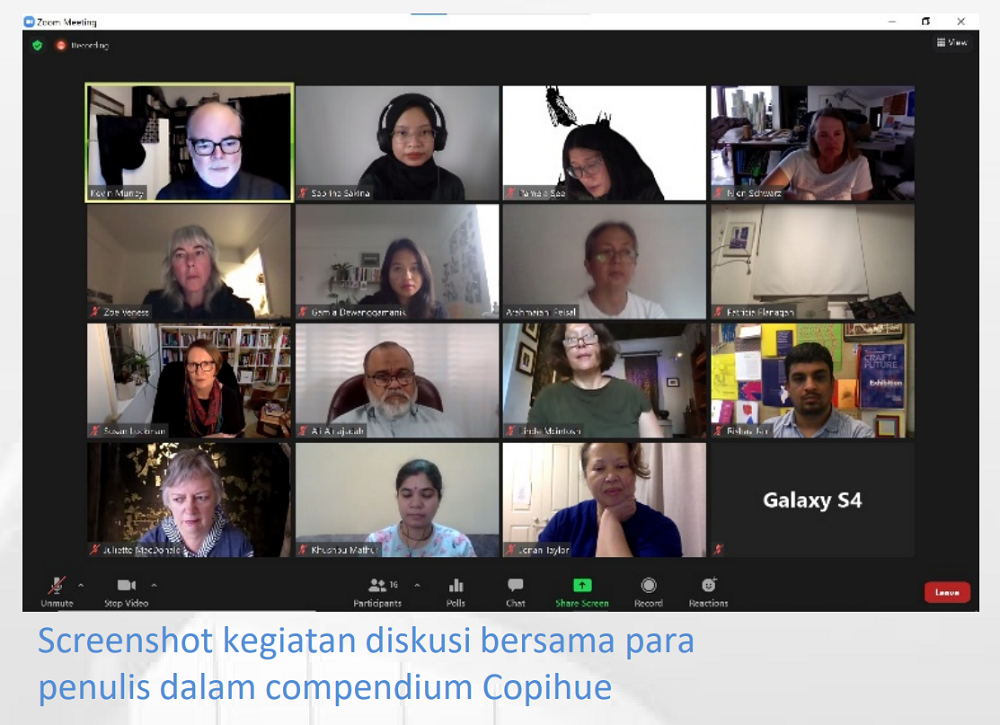

Sabrina Ilma Sakina
Working with craftspersons is a common occurrence among university students in Indonesia and perhaps a trademark that differentiates the learning process of crafts in this country from other countries. Rather than learning the skills systematically in class, students are often encouraged early on as their sophomore year to seek practical knowledge directly from craftspersons and collaborate to realize design concepts. It helps that these craftspersons charge an affordable rate for student works. Of course, there are downsides to this approach: traditional craftspersons are often reliant on experience, intuition, and feelings, an approach that is difficult to hold accountable in the academic world. Therefore, communicating ideas and designs become a tricky point. The mutual symbiosis will continue to provide benefits for the student and the weaver, even after the college years. To sum up, good communication and a nurturing attitude are beneficial for maintaining the relationship between academics and weavers in order to create a future professional relationship.An article on this collaborative relationship between craftspersons in Majalaya and students has been publish in Garland Magazine, and futhermore has been published in Garland Compendium Five: Copihue. These publications are a part of World Craft Council Australia and Australia Council for the Arts.
Papers
1. Maintain relationship with Garland Magazine, a magazine under the supervision of the World Craft Council. 2. Maintain relationships with weaving craftsmen in Majalaya. 3. Carry out MBKM activities for 1 student, with the Kriya Research Methodology Methodology. 4. Publish 2 final assignments of the Kriya study program students working with weaving craftsmen in Majalaya.